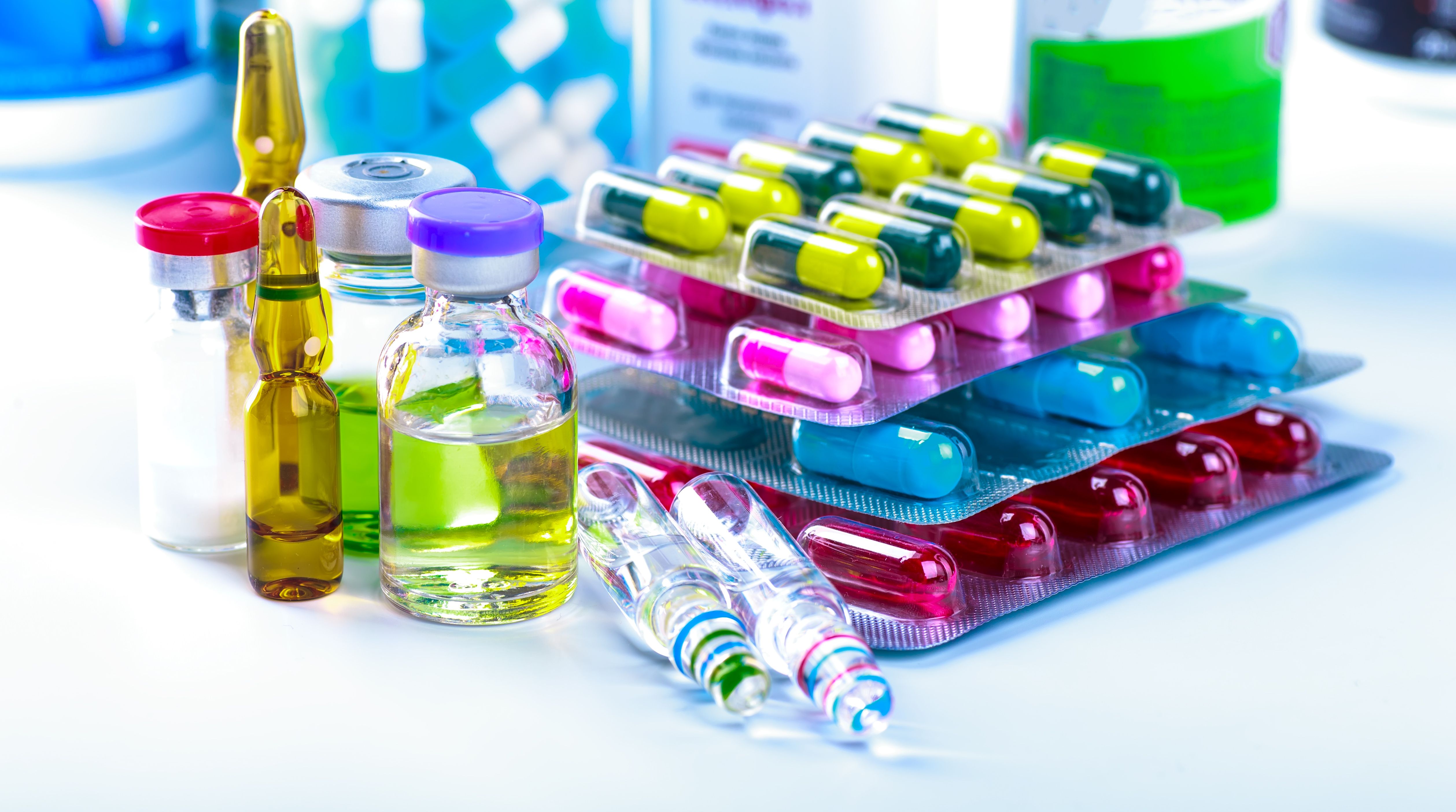
- Bone Health
- Immunology
- Hematology
- Respiratory
- Dermatology
- Diabetes
- Gastroenterology
- Neurology
- Oncology
- Ophthalmology
- Rare Disease
- Rheumatology
Biosimilars Account for 23% Market Share, With Wide Uptake Disparities Across Molecules
In the IQVIA Use of Medicines in the US 2024 report, biosimilars were found to be large contributors to lower drug costs and drivers of market growth; however, these products account for about 23% of the overall biologics market, showing wide variation in uptake across molecules.
Despite contributing significantly to reduced drug costs and market growth, biosimilars account for only about 23% of the overall biologics market, showing wide variation in uptake across different molecules, according to the IQVIA Use of Medicines in the US report.
Image credit: bukhta79 - stock.adobe.com

This annual trend report aimed to advance knowledge by examining health system recovery, changes in medicine use, drug pricing, out-of-pocket costs, and the impact of biosimilars and new medicines on future drug spending.
Overall, specialty medicines accounted for 54% of spending in 2023, up from 49% in 2018, driven by growth in immunology and oncology. Traditional therapies gained share due to increased spending on diabetes and obesity medications, as well as vaccines. The median annual treatment cost of new medicines launched in 2023 exceeded $150,000, with oncology and rare disease treatments approaching $300,000 per patient.
Total spending grew by $10.4 billion, driven by $19 billion on new brands and a $22 billion shift toward higher-value medicines, offset by a $28 billion decline in COVID-19 spending and $17 billion due to expiries. Protected brand net prices rose by 3.0%, excluding significant price reductions for off-patent brands like adalimumab. Biosimilars saw an average volume uptake of over 50% within the first year.
The uptake of biosimilars with at least 3 years on the market varied widely, ranging from 8% for insulin lispro to 82% for bevacizumab. By the end of 2023, biosimilars for adalimumab (Humira) had achieved just 2% of volume, likely due to the originator's contracts with insurers and differences in biosimilar formulations compared to the widely used citrate-free high potency forms from the originator. Biosimilars for ranibizumab (Lucentis), launched in July 2022, accelerated to 45% uptake by 17 months.
Over the next 5 years, list price spending is expected to grow by 6% to 9%, while manufacturer net revenues will increase by 4% to 7%, influenced by price negotiations and the Inflation Reduction Act. New brand spending is projected to reach $122 billion, down from $149 billion in the previous 5 years, with net prices for protected brands declining by 1% to 4%.
Most of the losses from exclusivity between 2020 and 2022 came from new biosimilars, especially in oncology with bevacizumab, rituximab, and trastuzumab. In 2023, biologic brand losses grew, mainly because adalimumab saw major net sales declines due to extra discounts and rebates, resulting in only a 2% volume loss to eight new biosimilar competitors.
The report predicted that loss of exclusivity for biologics and small generics will result in $93.6 billion in spending reductions by 2028. Growth will be driven by oncology and obesity, while diabetes, immunology, and COVID-19 will contribute to a slowdown.
Biologic brand losses are expected to exceed $60.8 billion due to earlier biosimilar events and significant losses of exclusivity in 2024 and 2025 for products like natalizumab (Tysabri), tocilizumab (Actemra), denosumab (Prolia/Xgeva), insulin aspart (Novolog), and ustekinumab (Stelara). Later, biosimilar introductions for PD-1/PD-L1 therapies nivolumab (Opdivo) and pembrolizumab (Keytruda) will further reduce brand spending in oncology.
Obesity drug spending has surged due to popular GLP-1 inhibitors and could rise further with broader reimbursement. Diabetes spending will remain flat as novel therapies are offset by price cuts. Immunology growth will slow to 2% to 5% due to biosimilars, with a 75% volume increase. Sales for next-generation biotherapeutics, including cell and gene therapies and RNA therapies, are expected to reach $18 billion by 2028, over 3.5 times the current level.
Reference
The use of medicines in the U.S. 2024: Usage and spending trends and outlook to 2028. IQVIA. May 7, 2024. Accessed May 22, 2024. https://www.iqvia.com/insights/the-iqvia-institute/reports-and-publications/reports/the-use-of-medicines-in-the-us-2024
Newsletter
Where clinical, regulatory, and economic perspectives converge—sign up for Center for Biosimilars® emails to get expert insights on emerging treatment paradigms, biosimilar policy, and real-world outcomes that shape patient care.
259 Prospect Plains Rd, Bldg H,
Cranbury, NJ 08512
All rights reserved.